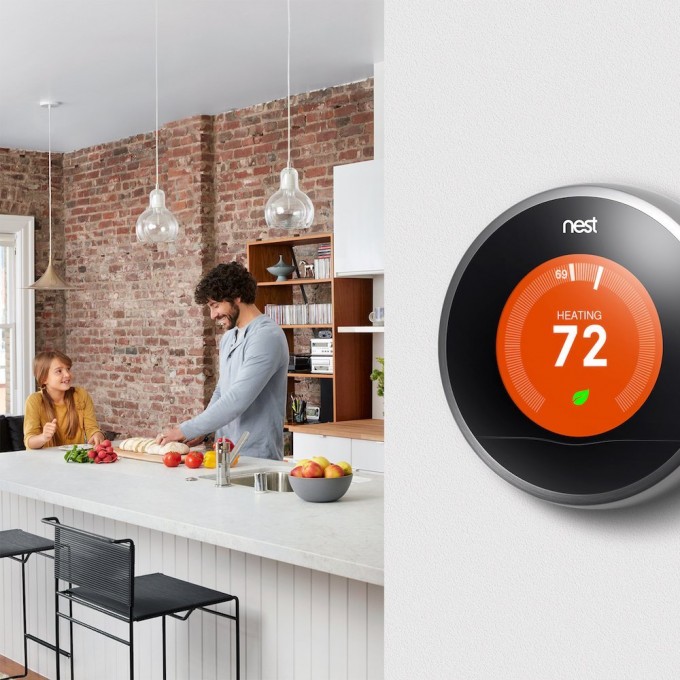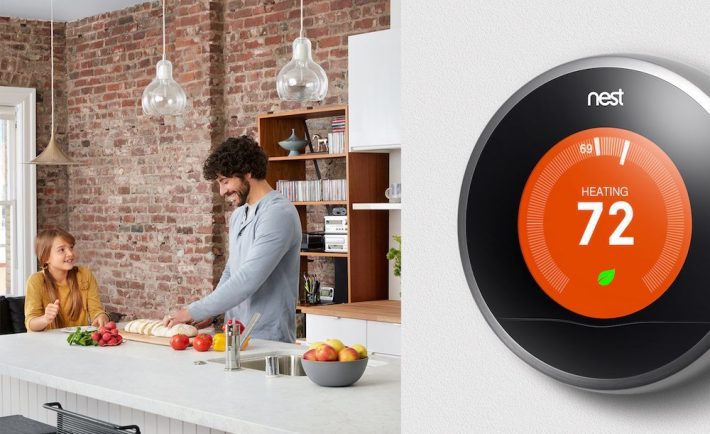
Smart home automation is emerging quickly. By 2022, the typical family home will contain as many as 500 smart objects, according to Gartner, a technology research firm. Fully mature smart homes should begin to appear between 2020 and 2025. Meanwhile, many smart home devices are already on the market. Here are some automation trends that market research indicates consumers will increasingly adopt over the next five years.
Entertainment
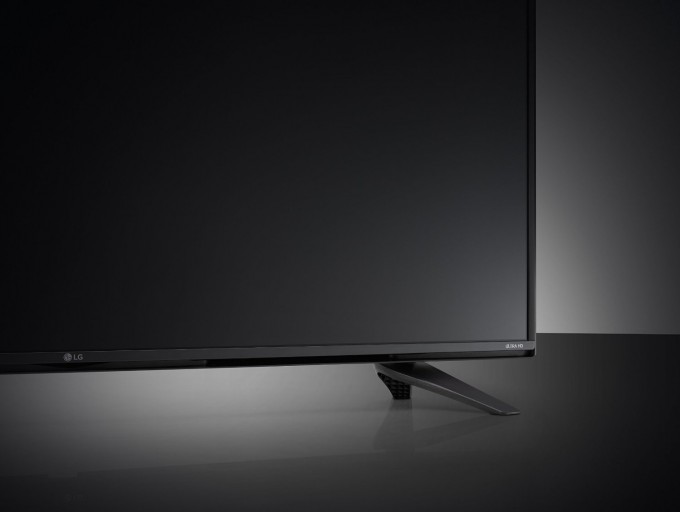
LG Electronics 65UF7700 65-Inch 4K Ultra HD Smart LED TV
Home entertainment centers stand at the forefront of the smart home revolution. Smart TVs are positioned to become the center of emerging smart home networks, says CNET. As more new TVs come equipped with smart technology, a TV is often one of the first smart home devices consumers own. Leveraging this, TV and electronics manufacturers are branching out into the home automation market seeking to capitalize on the opportunity.
Leading this trend, Samsung and LG used this year’s Consumer Electronics Show to showcase their intent to take a lead in the market. These companies, which manufacture both TVs and smartphones, envision a future home centered around the TV remote as the main in-home control, complemented outside the home by smartphones.
Environmental Control
The smart home technology consumers want most is a self-adjusting thermostat, according to a survey conducted for Icontrol Networks’ 2015 State of the Smart Home Report. The Nest, for example, is a smart thermostat that can save about $170 a year. Smart thermostats can be used to control multiple elements of a smart home HVAC system, including heating, air conditioning and vents. Replacing one-third of your home’s vents with Keen smart vents could save an estimated $100 to $200 annually. Learn more about how your HVAC system works and how to make it more efficient.
Security
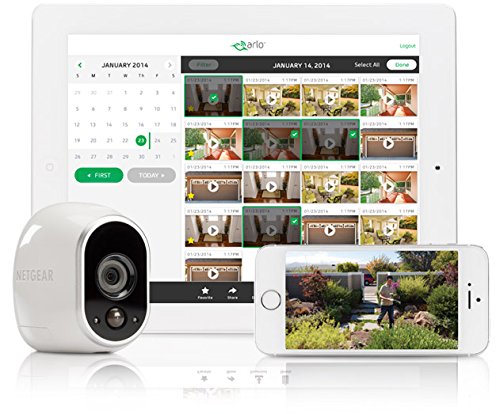
Arlo Smart Security – 3 HD Camera Security System, 100% Wire-Free, Indoor/Outdoor with Night Vision
Ninety percent of respondents to Icontrol’s survey said that security was the best reason for getting smart home technology. Seventy one percent say they want smart technology that can lock doors remotely, making this an in-demand smart home technology. Smart security cameras can work in conjunction with your TV and smartphone, letting you use these devices to remotely view your camera feeds. Smart security systems can also trigger automatic alerts when a security event occurs.
Lighting
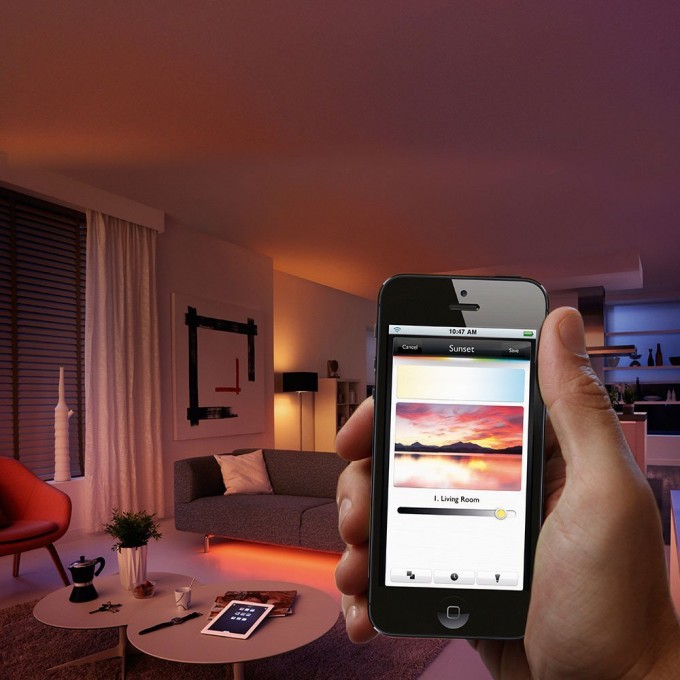
Philips 456194 Hue White and Color Ambiance Starter Kit, A19 Starter, 2nd Generation. Works with Alexa
Consumers want technology that can control outdoor lighting, too. Smart technology can be used to regulate both indoor and outdoor lighting. For instance, lights can be set to go on automatically when people enter a room or when motion is detected near a door during evening hours. Smart outdoor lighting can operate in coordination with smart security systems, tripping a light when motion is detected in your yard. Used in conjunction with energy-efficient lights, a smart lighting system can reduce energy used for lighting by up to 90 percent, Gartner estimates.
Water
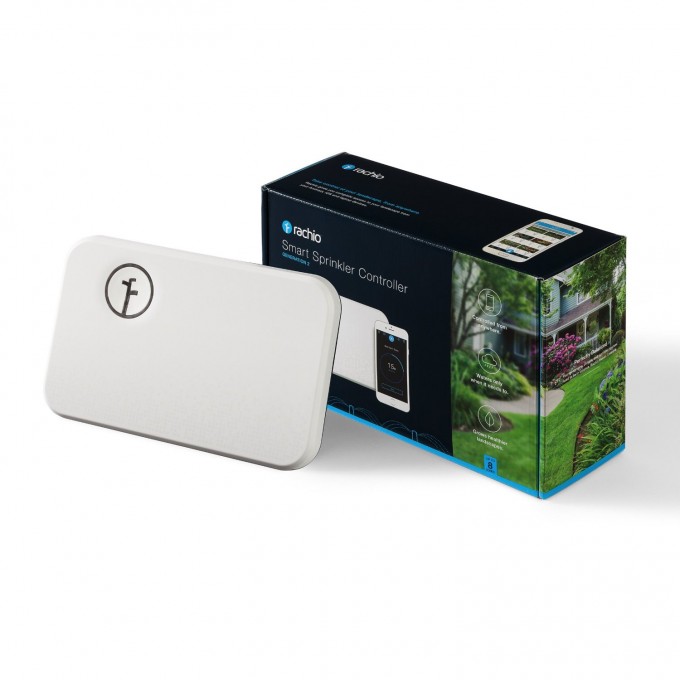
Rachio Smart Sprinkler Controller
Automated water control is another major trend in home automation, says Electronic House. Automated sprinklers for lawn and gardening have gained some traction. This year’s CES featured new indoor water control applications, such as smart faucets and shower heads. The Hydrao smart shower head uses colored LED lights to let you know how much water is being consumed. Outdoors, smart irrigation systems use 20 to 50 percent less water, says T&B Landscaping.

